What is CNC Milling?
The Basics Of CNC Mills
CNC milling, or computer numerical control milling, is a machining process which employs computerized controls and rotating multi-point cutting tools to progressively remove material from the workpiece and produce a custom-designed part or product. This process is suitable for machining a wide range of materials, such as metal, plastic, glass, and wood, and producing a variety of custom-designed parts and products.
Several capabilities are offered under the umbrella of precision CNC machining services, including mechanical, chemical, electrical, and thermal processes. CNC milling is a mechanical machining process along with drilling, turning, and a variety of other machining processes, meaning that material is removed from the workpiece via mechanical means, such as the actions of the milling machine’s cutting tools.
This article focuses on the CNC milling process, outlining the basics of the process, and the components and tooling of the CNC milling machine. Additionally, this article explores the various milling operations and provides alternatives to the CNC milling process.
How CNC Milling Works?
CNC mills excel at profile cutting harder materials. Like all CNC machines, a CNC mill is controlled with G-Code created through CAM software. The Gg-Code instructs the machine where to move the tool head, how fast to spin the tool, how deep to cut, how to move the workpiece, and other factors relating to speed, feed rate, and coordination. The G-Code complexity depends on how many axes the milling machine has. There are currently 3 to 5 axis CNC machining machines.
Mills can still be used for profile cutting of softer materials, but are not as cost-effective for that use as CNC routers. The main difference between these machines is that with a CNC router the workpiece remains stationary while the router cutting head is directed around the piece, while a CNC mill may move both tool head and workpiece. CNC mills are mainly used in industrial manufacturing, while CNC routing is more common for lower output manufacturing like woodworking.
Advantages Of CNC Milling
After the design draft is determined, cnc milling can quickly produce small batches to large quantities of parts. The material to be processed is also very wide, whether it is plastic or metal, milling can be easily mastered. Whether it's large parts or small molds, milling can do the job.
Overview of CNC Milling Process
Like most conventional mechanical CNC machining processes, the CNC milling process utilizes computerized controls to operate and manipulate machine tools which cut and shape stock material. In addition, the process follows the same basic production stages which all CNC machining processes do, including:
- Designing a CAD model
- Converting the CAD model into a CNC program
- Setting up the CNC milling machine
- Executing the milling operation
Get An Instant CAD Quote-Choose Your Angel Servicer
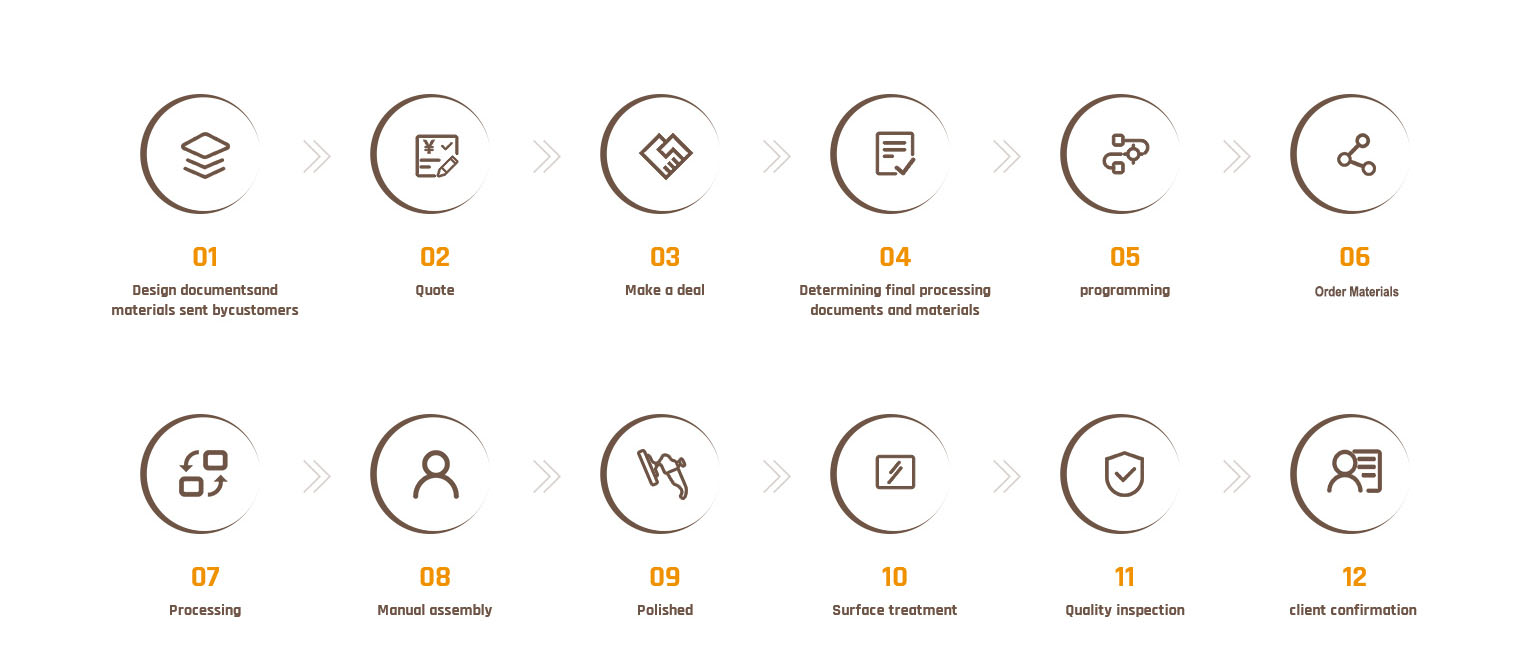
The CNC milling process begins with the creation of a 2D or 3D CAD part design. Then the completed design is exported to a CNC-compatible file format and converted by CAM software into a CNC machine program which dictates the actions of the machine and the movements of the tooling across the workpiece. Before the operator runs the CNC program, they prepare the CNC milling machine by affixing the workpiece to the machine’s work surface (i.e., worktable) or workholding device (e.g., vise), and attaching the milling tools to the machine spindle. The CNC milling process employs horizontal or vertical CNC-enabled milling machines—depending on the specifications and requirements of the milling application—and rotating multi-point (i.e., multi-toothed) cutting tools, such as mills and drills. When the machine is ready, the operator launches the program via the machine interface prompting the machine to execute the milling operation.
Once the CNC milling process is initiated, the machine begins rotating the cutting tool at speeds reaching up to thousands of RPM. Depending on the type of milling machine employed and the requirements of the milling application, as the tool cuts into the workpiece, the machine will perform one of the following actions to produce the necessary cuts on the workpiece:
- Slowly feed the workpiece into the stationary, rotating tool
- Move the tool across the stationary workpiece
- Move both the tool and workpiece in relation to each other
As opposed to manual milling processes, in CNC milling, typically the machine feeds moveable workpieces with the rotation of the cutting tool rather than against it. Milling operations which abide by this convention are known as climb milling processes, while contrary operations are known as conventional milling processes.
Generally, milling is best suited as a secondary or finishing process for an already machined workpiece, providing definition to or producing the part’s features, such as holes, slots, and threads. However, the process is also used to shape a stock piece of material from start to finish. In both cases, the milling process gradually removes material to form the desired shape and form of the part. First, the tool cuts small pieces—i.e., chips—off the workpiece to form the approximate shape and form. Then, the workpiece undergoes the milling process at much higher accuracy and with greater precision to finish the part with its exact features and specifications. Typically, a completed part requires several machining passes to achieve the desired precision and tolerances. For more geometrically complex parts, multiple machine setups may be required to complete the fabrication process.
Once the milling operation is completed, and the part is produced to the custom-designed specifications, the milled part passes to the finishing and post-processing stages of production.
Material Considerations
The CNC milling process is best suited as a secondary machining process to provide finishing features to a custom-designed part, but can also be used to produce custom designs and specialty parts from start to finish. CNC milling technology allows the process to machine parts of a wide range of materials, including:
- Metals (Aluminium, Steel, Mold Steel, Stainless Steel, Brass, Copper, Bronze, Zinc Alloy, Magnesium Alloy, Iron etc.)
- Plastics (ABS, PC, PP, POM, PMMA/Acrylic, Nylon, Teflon/PTEE, PPS etc.)
As with all machining processes, when selecting a material for a milling application, several factors must be considered, such as the properties of the material (i.e., hardness, tensile and shear strength, and chemical and temperature resistance) and the cost-effectiveness of machining the material. These criteria dictate whether the material is suitable for the milling process and the budgetary constraints of the milling application, respectively. The chosen material determines the type(s) of the machine tool(s) employed and its/their design(s), and the optimal machine settings, including cutting speed, feed rate, and depth of cut.
Case Studies
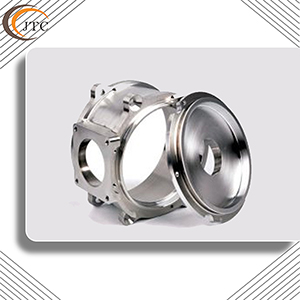 |
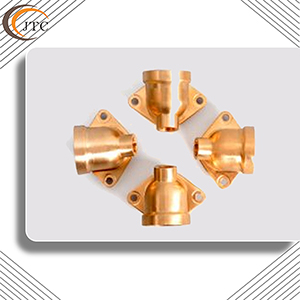 |
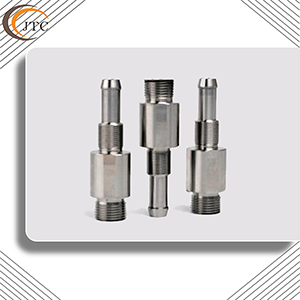 |
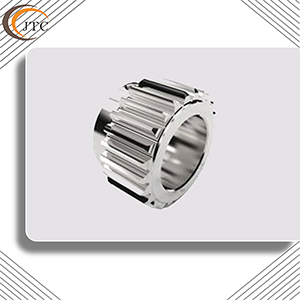 |
Alternatives
CNC milling is a mechanical machining process suitable for machining a wide range of materials and producing a variety of custom-designed parts. While the process may demonstrate advantages over other machining processes, it may not be appropriate for every manufacturing application, and other processes may prove more suitable and cost-effective.
Some of the other more conventional mechanical machining processes available include drilling and turning. Drilling, like milling, typically employs multi-point tools (i.e., drill bits), while turning employs single-point tools. However, while in turning the workpiece can be moved and rotated similar to that of some milling applications, in drilling the workpiece is stationary throughout the drilling operation.
Some of the non-conventional mechanical machining processes (i.e., do not employ machine tools but still employ mechanical material removal processes) include ultrasonic machining, waterjet cutting, and abrasive jet machining. Non-conventional, non-mechanical machining processes—i.e., chemical, electrical, and thermal machining processes—provide additional alternative methods of removing material from a workpiece which do not employ machine tools or mechanical material removal processes, and include chemical milling, electrochemical deburring, laser cutting, and plasma arc cutting. These non-conventional machining methods support the production of more complex, demanding, and specialized parts not typically possible through conventional machining processes.

